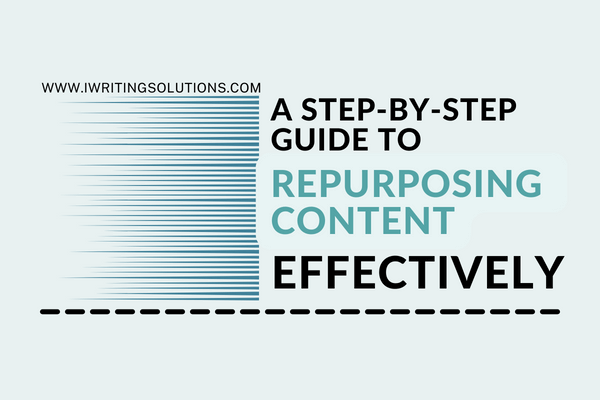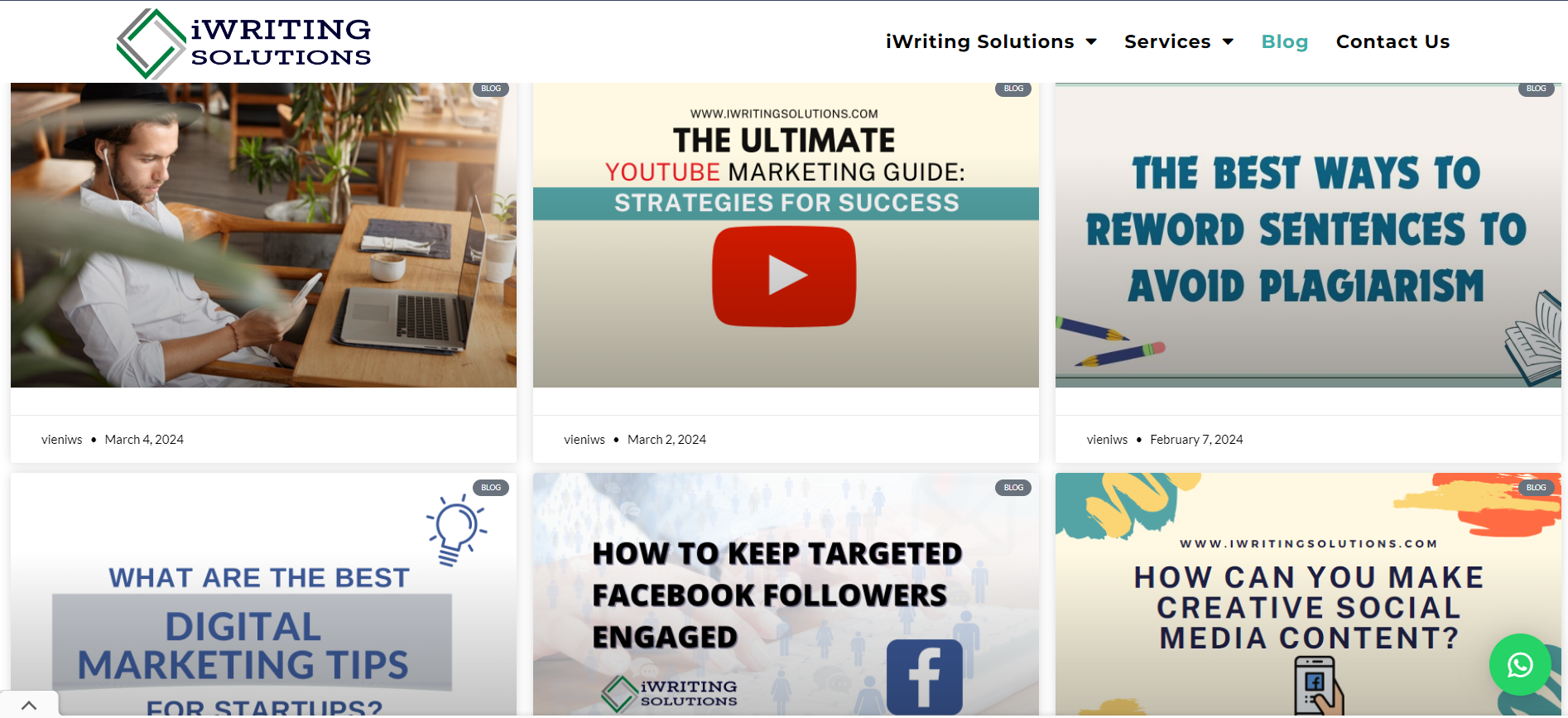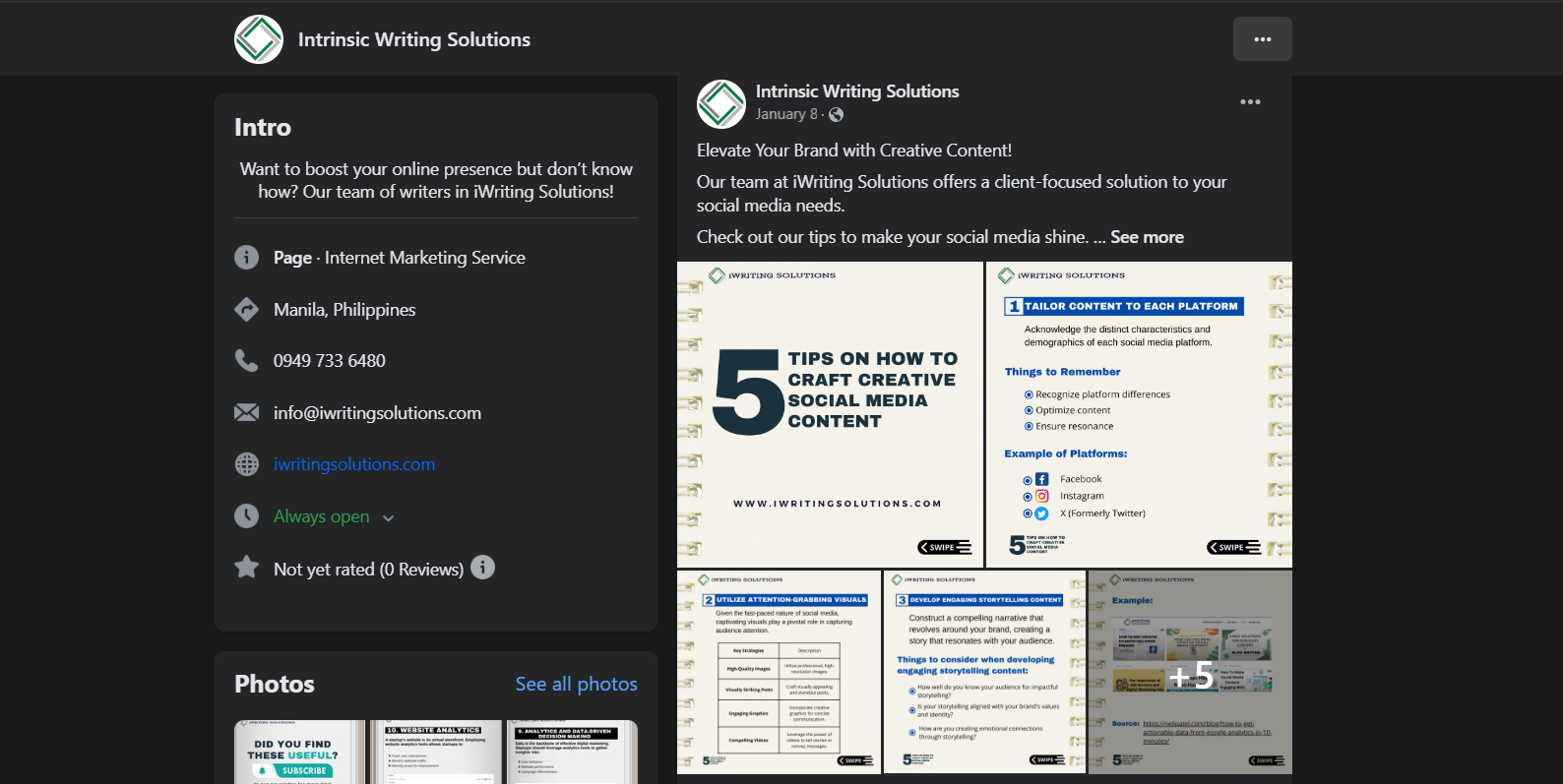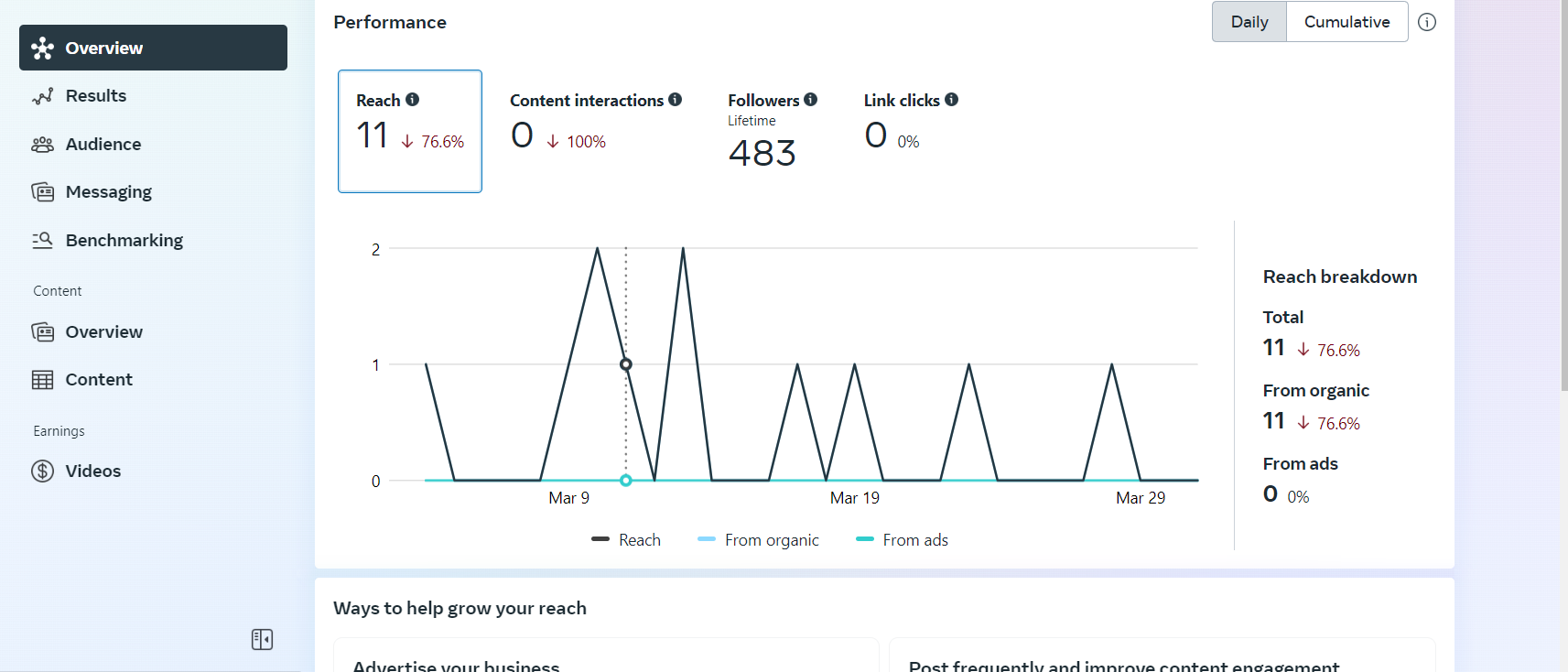Summary |
| Repurposing content means using what you already have in different ways to reach more people. It’s like recycling but for online visibility. What you need to do is, first, you look at what you have. Then, think about what your audience likes.
Choose the best way to share your content again, update it if needed, and make sure it’s easy for people to find online. Share it in lots of different places, keep an eye on how it’s doing, and make changes if necessary. By doing this, you can make your content go further and connect with more people online. |
A Step-by-Step Guide to Repurposing Content Effectively
Creating fresh content consistently can be a daunting task. However, there’s a strategy that savvy content creators use to maximize their efforts and reach a wider audience: content repurposing.
Repurposing content involves taking existing material and presenting it in different formats or on various platforms to extend its lifespan and appeal to different audiences. This step-by-step guide explores how you can effectively repurpose your content to enhance your online presence and engage with your audience.
Step 1: Evaluate Your Existing Content
Begin by taking inventory of your current content assets. This includes:
- Blog posts
- Articles
- Videos
- Podcasts
- Infographics
- Any other materials you’ve created
Assess which pieces have performed well in terms of engagement, shares, and conversions. Identify evergreen content—material that remains relevant over time—and consider how you can repurpose it to reach new audiences or provide updated information.
Also, it’s important to decide which content to repurpose. Having lots of content can feel overwhelming. Here’s how to choose what to repurpose:
Clarify Your Goals
Before you start repurposing, understand why you’re doing it. Has your focus shifted? Is your industry evolving? Are some of your old posts losing traction? Knowing your purpose will help you prioritize.
Review Your Content
Take stock of what you’ve already got. Look for pieces that align with your new goals. Remember, sometimes small changes can make a big impact, so you might not need to overhaul everything.
Build on Success
Identify your top-performing content and give it a refresh. Update information, add new insights, and make it even more relevant to your audience.
Analyze Competition
Check out what your competitors are doing. Are there any topics or formats they’re using that you could adapt? Look for gaps in their content strategy that you can fill with your own repurposed material.
Explore Licensing Options
Investigate content licensing packages, especially from respected sources in your industry. Repurposing content from reputable publications can enhance your strategy and provide valuable insights to your audience.
Step 2: Understand Your Audience

To repurpose content effectively, you must understand your target audience and their preferences. Analyze your audience demographics, behavior patterns, and interests. What type of content do they prefer consuming? Which platforms do they frequent? Use this information to tailor your repurposed content to meet their needs and preferences.
For example, if your audience enjoys visual content, consider repurposing written articles into engaging infographics or videos.
Step 3: Choose Repurposing Formats
Next, select the formats that best suit your content and audience preferences. Popular repurposing formats include:
Blog Posts: Condense lengthy articles or webinar transcripts into shorter blog posts or series.
Infographics: Transform data-rich content into visually appealing infographics for easy consumption and sharing.
Videos: Convert written content into video presentations, tutorials, or animations.
Podcasts: Repurpose blog posts or articles into podcast episodes or interviews.
Social Media Posts: Extract key points from longer content and share them as social media posts with relevant visuals or quotes.
Consider the strengths of each format and how they align with your content goals and audience preferences.
Step 4: Adapt and Update Content
Before repurposing content, review and update it to ensure relevance and accuracy. Update statistics, refresh examples, and incorporate new insights or developments. Tailor the content to fit the chosen format while maintaining consistency with your brand voice and messaging.
For instance, if you’re repurposing a blog post into a video, script the content to suit the visual medium and add engaging visuals or animations to enhance comprehension.
Optimize for SEO and Distribution
Optimize your repurposed content for search engines to maximize its visibility and reach. To improve its search ranking, you should incorporate:
- Relevant keywords
- Meta descriptions
- Tags
In addition, tailor the content for each platform’s requirements and best practices. For example, format blog posts with attention-grabbing headlines and concise paragraphs for easy readability. Customize video descriptions and titles for YouTube and social media platforms to improve discoverability.
Step 5: Promote Your Content Across Multiple Channels
After you’ve finished updating your content, make sure to share it in lots of different places to reach more people. Share your blog posts on social media, through email newsletters, and on other websites that share content like yours.
If you’ve made videos, put them on YouTube, Vimeo, and social media sites like Facebook and Instagram. Also, if you’re doing podcasts, make sure they’re listed in directories and try to be a guest on other podcasts too. Don’t forget to tell people about your content in one place if they might be interested in it somewhere else too.
Step 6: Monitor and Analyze Performance
Keep an eye on how well your repurposed content is doing by using tools that track data. Look at things like:
- How many people visit your website because of it
- How much they interact with it
- How many times it gets shared on social media
- How many people take action because of it
Figure out which ways of sharing your content work best with your audience, and change your plans to match. Try different things and see what gets the best results as time goes on.
Iterate and Improve
Repurposing content is something you’ll keep doing over time, always trying to make it better. Ask your audience what they think so you can make changes that suit them.
Look at how well your repurposed content is doing and find ways to make it even better. Keep up with what’s new in your field so you can adjust your strategy as needed. By always working to improve, you can make sure your repurposed content stays important and keeps up with what’s happening online.
Maximize Your Content Potential through Repurposing
Repurposing content is a great way to make the most out of what you already have and to connect with new people. By following these simple steps, you can make your content work harder for you online, keep your audience interested, and achieve your content goals.
With some careful planning and effort, repurposing content can help you get the most out of what you create. Also, make your online marketing efforts more successful in the long run.
Did you find this article helpful? Leave a comment and read relevant articles here:








